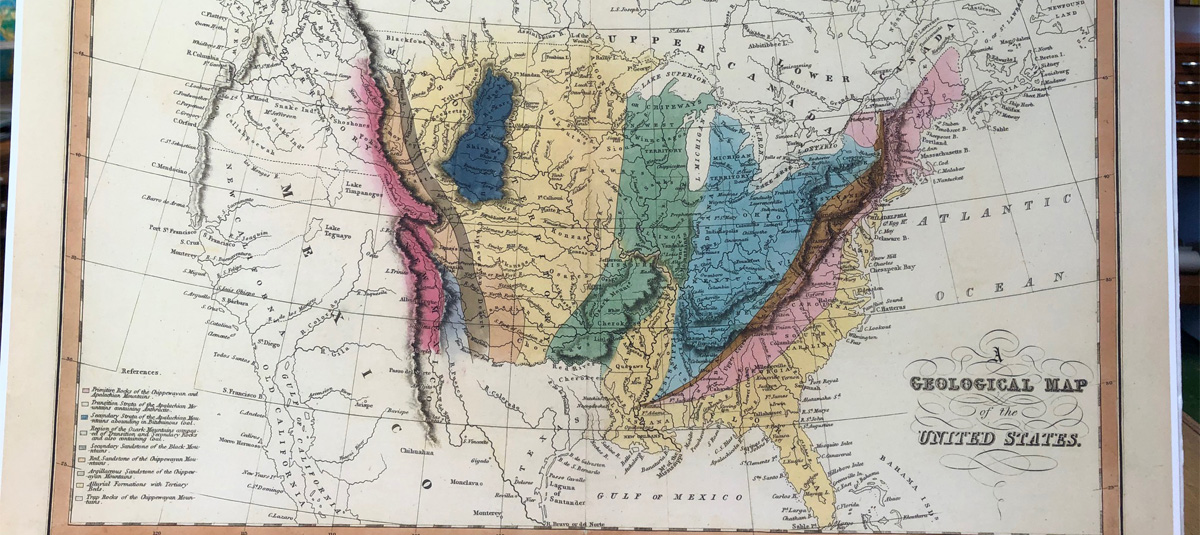Archival Photo Paper: What It Is and When to Use It

WHY CHOOSE ARCHIVAL PAPER?
Are you looking to showcase your photography or art with elegance and nuance? Printing your work on archival-grade paper is the way to go. With the wide array of options available, you can achieve crisp colors, rich tonality, or a subtle reflectivity with archival paper.
A stunning appearance could be reason enough for you. If you’re also interested in displaying or storing your work for many years, archival paper offers long-term preservation. It is made to resist fading and yellowing, so your prints will look great for many years — with proper care. More on that later.
A SPECTRUM OF ARCHIVAL LEVELS
For context, there are varying levels of archival quality in the inkjet media world. When we refer to “archival” quality, we’re talking about a paper’s physical characteristics and how it will degrade over time. All paper will change or degrade over time. The key is how and at what speed.
The concepts of archival quality and fade resistance are interrelated but different. You can put unstable ink on very stable paper and see rapid fade. Likewise, you can put stable ink on non-archival paper and still achieve 70 years of on-display life. The key is to pick the most stable ink you can—pigment-based ink rather than dye-based—and then choose your paper grade based on your images, display plans, and aesthetic preferences.
These are the three basic grades of paper. For more details, see our resource Red River Paper Product Grades Explained.
Photo Grade. Most photo-grade paper is resin-coated and designed to look and feel like modern photo lab paper. The core is covered by a thin layer of polyethylene (plastic) coating, which gives the paper its photo feel, stability (flatness), water resistance, handling resistance, and excellent feed consistency. All resin-coated papers fall short of archival-grade for two reasons. First, the plastic content is not technically archival by museum standards. Second, the resin coating is slightly acidic, which will deteriorate the paper over time.
Archival-grade. Glossy, matte, canvas — whatever the form, archival papers are acid-free and lignin-free. They can be made of virgin tree fiber (alpha-cellulose) or 25% to 100% cotton rag. They’re likely to have optical brightening agents (OBAs), chemicals that make the paper appear brighter white. These OBAs do not mean your image will fade faster, but they predict a slow change in the white areas of your paper, especially if it’s displayed without UV filter glass or acrylic.
Museum Grade. Curators love these papers because they’re made of 100% cotton rag and have no OBAs. The base stock is both acid- and lignin-free. The coating is acid-free. It’s the best archival option in terms of stability over time.
RED RIVER PAPER’S ARCHIVAL SELECTION
Our fine art paper and sheets are among the highest quality you can buy. We source them from the best mills on earth, and they often exceed the quality of Epson, Hahnemuhle, Canson, and Ilford.
Explore Red River Paper's inkjet fine art papers collection, offering the look and feel of watercolor paper or darkroom photographic prints. Perfect for giclees, exhibitions, portfolios, and sales, these archival- and museum-grade products are the best choice for your best work. You can choose sheets from 4” x 6” to 17” x 25”, rolls, and more.
ARCHIVAL: IT’S NOT JUST ABOUT THE PAPER
Imagine printing a gorgeous landscape photo from your Iceland vacation. You used the best pigment-based ink on acid-free, OBA-free archival paper. So far, so good. But then you frame it with an acidic mat and hang it in direct sunlight with no protective glazing. So far, no good!
Instead, when framing your print, be sure to use acid-free, archival matting. Also, use glass or acrylic that protects against ultraviolet (UV) light. Light is your artwork’s nemesis, fading vibrant colors and turning your paper brittle over time. Even indoor lights can harm the piece without proper shielding.
If you’re storing your prints, use an acid-free, light-tight box or other archival storage medium, preferably with thin interleaving sheets that prevent ink transfer and minimize abrasion.
Note: You may want to rotate your print collection between display and storage. This allows you to easily freshen up your decor while extending the longevity of your prints in storage.
NOW YOU KNOW
We hope this article clarifies the differences between archival paper and other printing papers and gives you some helpful hints on caring for your art and photo prints. If you have questions, please don’t hesitate to contact us.
Original Publication Date: April 10, 2024
Article Last updated: April 10, 2024
Related Posts and Information
Categories
About Photographers
Announcements
Back to Basics
Books and Videos
Cards and Calendars
Commentary
Contests
Displaying Images
Editing for Print
Events
Favorite Photo Locations
Featured Software
Free Stuff
Handy Hardware
How-To-Do-It
Imaging
Inks and Papers
Marketing Images
Monitors
Odds and Ends
Photo Gear and Services
Photo History
Photography
Printer Reviews
Printing
Printing Project Ideas
Red River Paper
Red River Paper Pro
RRP Products
Scanners and Scanning
Success on Paper
Techniques
Techniques
Tips and Tricks
Webinars
Words from the Web
Workshops and Exhibits
all
Archives
December, 2024
November, 2024
October, 2024
September, 2024
August, 2024
July, 2024
June, 2024
May, 2024
April, 2024
more archive dates
archive article list




